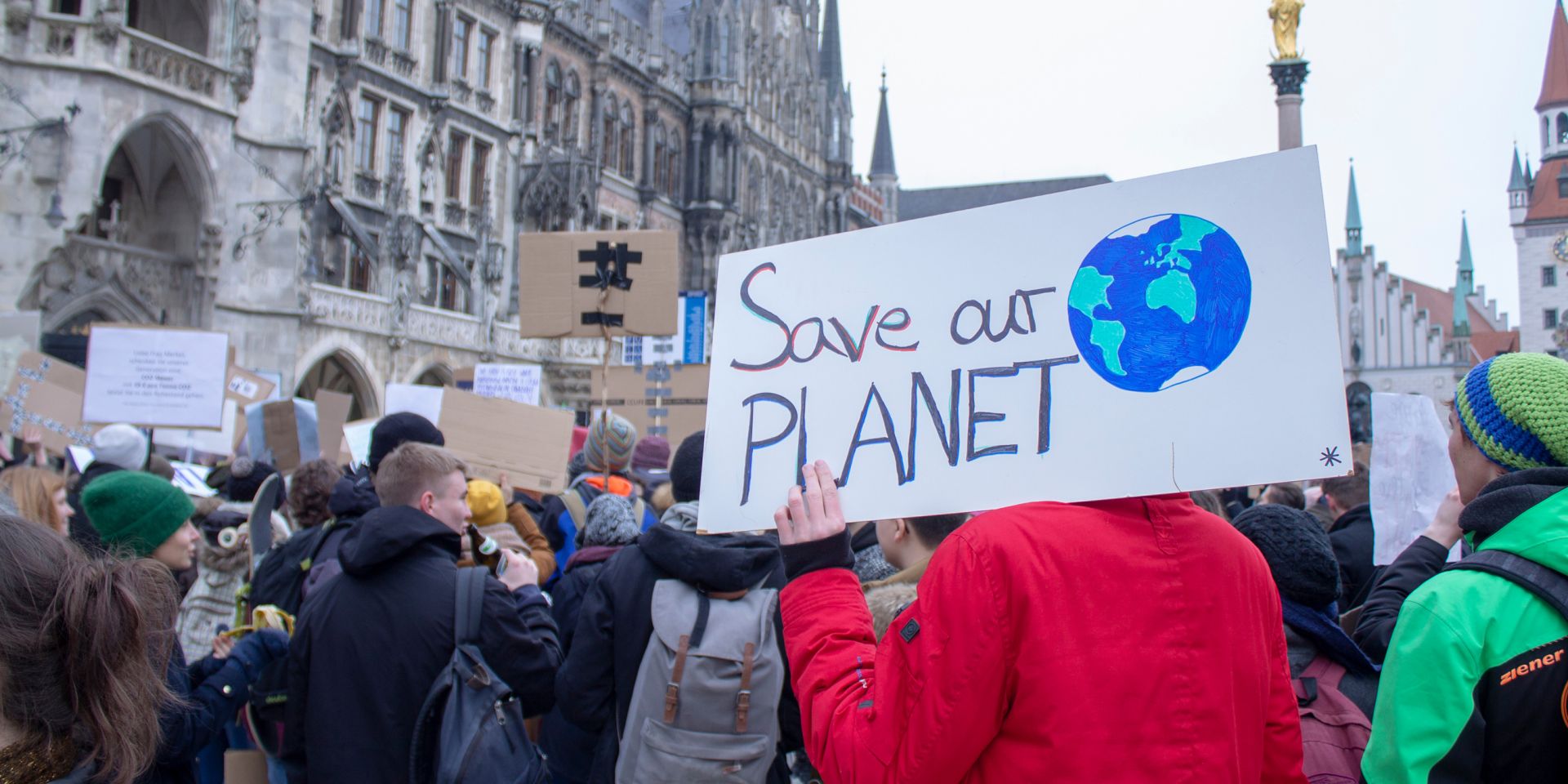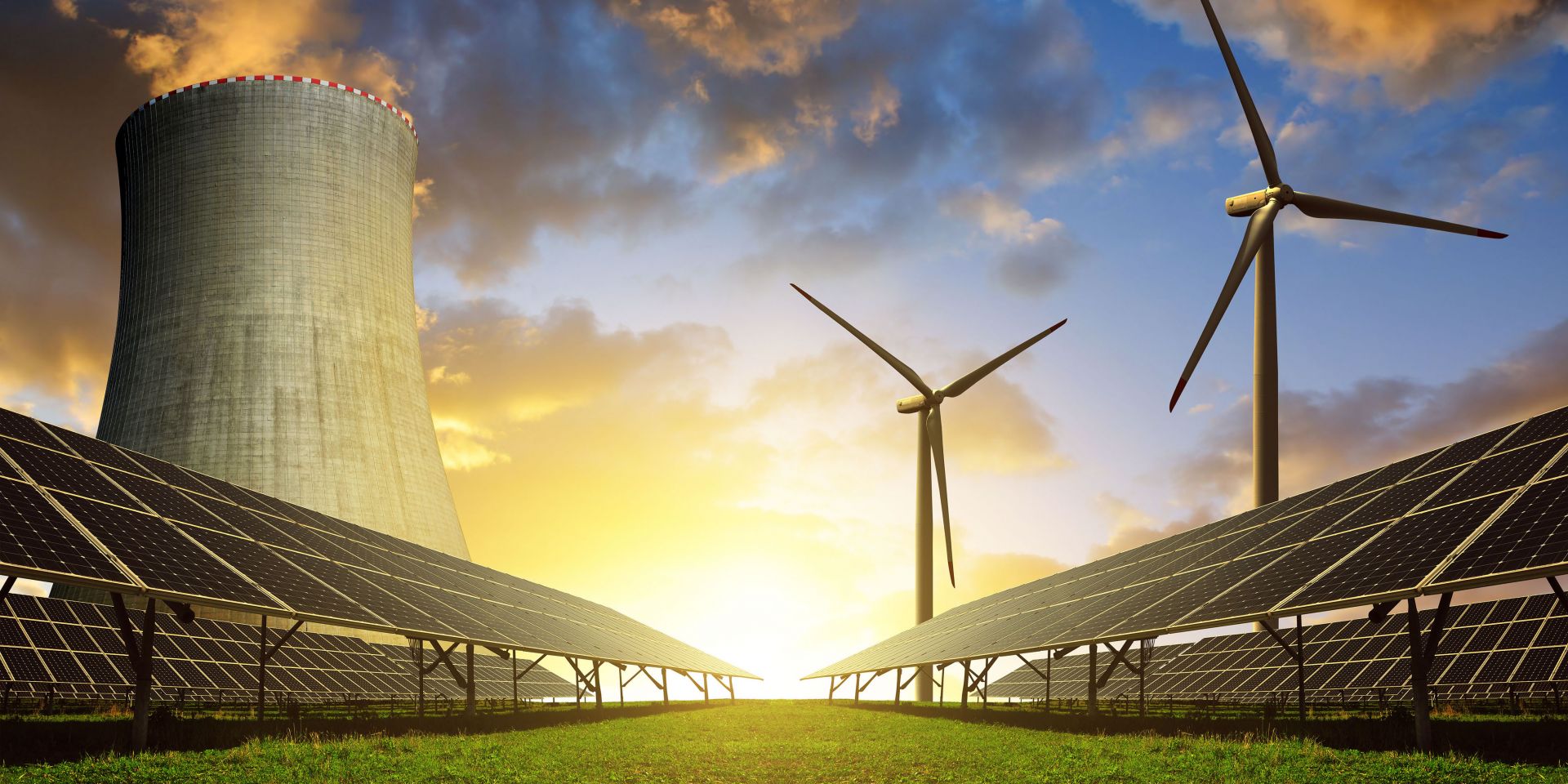U.S., Philippines agree to boost nuclear cooperation

The United States and the Philippines recently signed a memorandum of understanding on strategic civil nuclear cooperation to help boost the development of the latter’s nuclear energy program.


The United States and the Philippines recently signed a memorandum of understanding on strategic civil nuclear cooperation to help boost the development of the latter’s nuclear energy program.

“Many states have made carbon dioxide–reduction plans with no hope of success. But if they want to meet even a portion of those goals, they must put nuclear power back on the table.” So opined Tim Cavanaugh, senior editor at the Mackinac Center for Public Policy, in an essay published by The Hill on March 23.

In keeping with the ringing endorsement of nuclear energy it gave in January, the Czech Republic continues moving forward with plans for new reactor construction.

International Atomic Energy Agency director general Rafael Mariano Grossi said on Wednesday that he remains “gravely concerned” about Ukraine’s nuclear sites amid the ongoing Russian invasion and stressed the urgency of reaching an agreement on a framework that would enable his agency to provide technical assistance to ensure the safe and secure operation of those facilities.

Wilmington, N.C.–based GE Hitachi Nuclear Energy has signed a memorandum of understanding with Kärnfull Next—a new company and a wholly owned subsidiary of Swedish firm Kärnfull Future AB—to collaborate on the deployment of GEH’s BWRX-300 small modular reactor in Sweden.

Holcomb
Indiana has joined the growing list of states looking into small modular reactors for future energy production as their coal-fired plants are retired.
Gov. Eric Holcomb on March 18 signed into law S. 271, which allows and incentivizes the construction of SMRs in Indiana. Introduced on January 10 and sponsored by state Sens. Eric Koch (R., Bedford) and Blake Doriot (R., Goshen), S. 271 passed in the Senate on February 1 in a 39–9 vote and in the House on February 22 by a vote of 70 to 22.
Specifics: S. 271 requires the Indiana Utility Regulatory Commission (IURC), in consultation with the state’s Department of Environmental Management, to adopt rules concerning the granting of certificates of public convenience for the construction, purchase, or lease of SMRs, defined as reactors with a rated electric generating capacity of not more than 350 MW. The rules are to be adopted by July 1, 2023.

Finnish utility Fortum Power and Heat Oy has submitted an application to Finland’s Ministry of Economic Affairs and Employment to operate the two reactors at the Loviisa nuclear power plant through 2050. The current operating licenses for Loviisa-1 and -2 expire in 2027 and 2030, respectively.

In a move motivated by Russia’s invasion of Ukraine and the sky-high energy prices hitting Europe as a result, the Belgian government last Friday announced its intention to extend the operational life of two of its nuclear power reactors, Doel-4 and Tihange-3, through 2035.
Europeans are taking resolute steps to reduce their output of climate-changing gases, but some countries are moving in the wrong direction.

Europeans are taking resolute steps to reduce their output of climate-changing gases, but some countries are moving in the wrong direction.
Many countries are adding solar and wind, which are low-carbon energy sources. Some have moved to biomass, the value of which as a climate cure is not clear. A few are adding reactors, while others are defining nuclear as dirty energy and natural gas as “clean” and are changing their generation mix accordingly.
The State Nuclear Regulatory Inspectorate of Ukraine (SNRIU) informed the International Atomic Energy Agency yesterday that all safety systems at the Zaporizhzhia nuclear power plant in southeastern Ukraine were fully functional, one day after the site lost connection to a third external power line linking it to the national electricity grid.
A magnitude 7.3 earthquake struck off the east coast of Honshu, Japan, at 11:36 p.m. (local time) yesterday, resulting in significant ground shaking near the epicenter, much structural damage, at least four deaths, and a power outage affecting more than 2 million households, including some 700,000 in Tokyo. (According to Japanese utility Tepco, power was restored to all households by 2:52 a.m. on Thursday.)

An article posted on the Interesting Engineering website on March 10 highlights a recent YouTube video that provides an overview of the advantages, current status, future possibilities, and practical challenges of small modular reactors, along with a look at the even smaller microreactors. The video is available on the “Undecided with Matt Ferrell” channel. Ferrell describes himself as “a UI/UX [user interface/user experience] designer by trade” and “a lifelong tech enthusiast.”
The Nuclear Regulatory Commission offered an overall reassuring message last week regarding the performance of the nation’s commercial reactors in 2021.
“The work of the nuclear power plant operators for almost every reactor fully meets our stringent safety and security performance objectives,” said Andrea Veil, director of the NRC’s Office of Nuclear Reactor Regulation. “Yet even those high-performing units will undergo thousands of inspection hours this year under our normal ‘baseline’ inspection program.”

David Edsey
This past October, the House Select Committee on the Climate Crisis held a hearing titled “Good for Business: Private Sector Perspectives on Climate Action.” The hearing reviewed perspectives on the importance of the government’s investments in climate action and how these investments would contribute to job creation and economic growth. Those testifying included the founder of a solar energy company, the head of communications and policy for a popular outdoors clothing company, a former deputy energy secretary for the Department of Energy, and an executive from an insurance company.
While the solar company founder and the communications head spoke out against nuclear energy, the former deputy energy secretary, during testimony, was in favor of it. The insurance executive, David Edsey, also talked in support of nuclear during the committee’s Q&A session after testimony.

Europe’s first EPR, Unit 3 at Finland’s Olkiluoto nuclear power plant, was connected to the nation’s grid on March 12, Teollisuuden Voima Oyj (TVO), the facility’s owner and operator, has announced.
Olkiluoto-3 is also the first new Finnish reactor in four decades, and one of only three new reactors in Europe in the past 15 years. (Romania’s Cernavoda-2 began supplying electricity to the grid in August 2007, and Belarus’s Belarusian-1 in November 2020.)
Feature Article

Imagine life without refrigeration, television, clean cooking facilities, clean water, clothes washers, and electric lights. For the roughly 1 billion people around the world without access to electricity, energy poverty is a reality that drastically reduces their quality of life and economic opportunities.
At the same time, fossil fuels currently provide more than 60 percent of electricity and about 80 percent of energy worldwide, even as global carbon dioxide levels are higher than at any point in at least the past 800,000 years.

IAEA director general Rafael Mariano Grossi traveled to Antalya, Turkey, on March 10 to meet with Ukrainian foreign minister Dmytro Kuleba and Russian foreign minister Sergei Lavrov to discuss the safety and security of Ukraine's nuclear facilities. After returning to Vienna, Grossi held a press conference at which he said that a “common denominator” had emerged from the discussions and that both sides agree that something needs to be done. “They are both ready to work and to engage with the IAEA,” he said. “So this is a very important building block.”

The United Kingdom’s Department of Business, Energy and Industrial Strategy (BEIS) has asked regulators—including the U.K. Office for Nuclear Regulation (ONR), the Environment Agency, and Natural Resources Wales—to begin a generic design assessment (GDA) of Rolls-Royce SMR’s 470-MWe small modular reactor design.
Some 19 months after ordering a study to determine the feasibility of introducing nuclear energy into the Philippines’ power generation mix, President Rodrigo Duterte has ordered the adoption of a “national position for a nuclear energy program” to address the country’s projected phaseout of coal-fired plants. (The Philippines participated in last November’s COP26 conference, where it affirmed its commitment “to shift away from the world’s dirtiest fossil fuel.”)

Unit 3 at Pakistan’s Karachi nuclear power plant has been connected to the national grid, China National Nuclear Corporation (CNNC) announced on March 4, making it the second Hualong One reactor outside of China to have reached the last major step prior to commercial operation. (The distinction of being the first belongs to Unit 3’s twin, Karachi-2, which was connected to the grid in March 2021 and entered commercial operation in May.)
Karachi-3 had achieved criticality on February 21 after completing hot functional testing and entering the fuel loading stage last November.